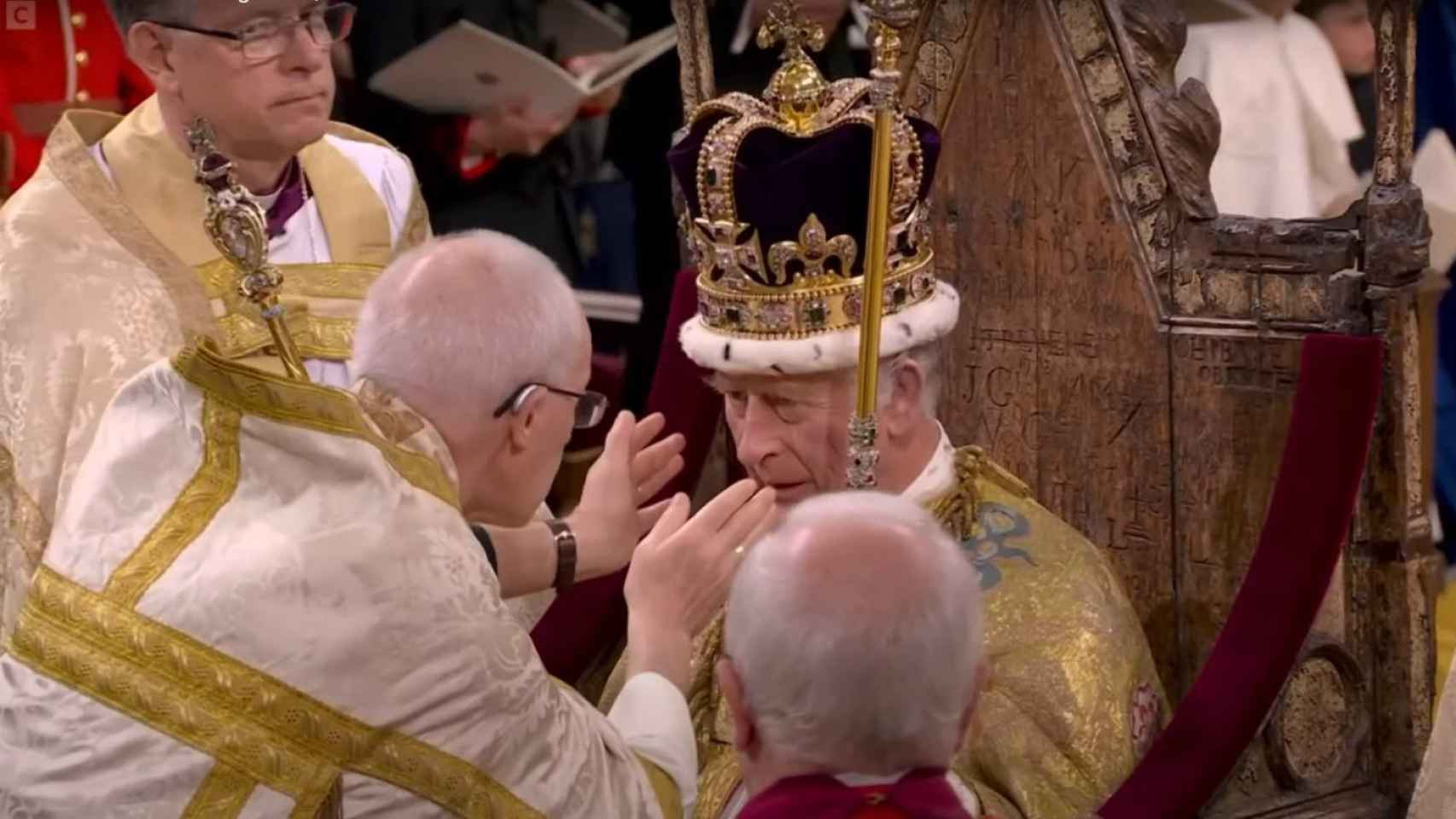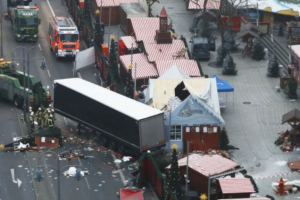Fairy tales come true… even if one is 74 years old and is Carlos from England. Charles IIIthe everlasting prince of Wales, has been officially crowned the new monarch of the United Kingdom this Saturday May 6 at Westminster Abbeyin London, before 2,000 guests who have attended a historic ceremony -the first in the last seven decades- that has completely paralyzed the country and that has been broadcast live in all parts of the world.
The kings Carlos and Camila -who has not been crowned with the title of queen consort, but only with that of queen- have abandoned at 10:20 local time (11:20 Spanish peninsular time) Buckingham Palace, from where they have gone mounted on the Diamond Jubilee float (the most modern of the Royal House) to the abbey church.
Since early in the morning, the streets of the center of the British capital have been filled with onlookers who have gone to see the King’s procession before he is crowned. Some had even camped out in the rain to secure a front row seat at the historic occasion.
[El gran diccionario de la coronación de Carlos III: todas las palabras que debes conocer para no perderte]
At Westminster, Charles III has been “recognized” by the town in a rite in which the congregates have shouted the traditional “God save the King!“ (God save the king!). Before taking the oath to protect the laws of the Anglican faith, the Archbishop of Canterbury, Justin Welby, has declared the intention of the Church to foster an environment where people of all faiths can “live in freedom”.
Then the King has sworn two oaths and has sat in the Coronation Chair, commissioned in the 13th century to contain the Stone of Destiny, a symbol of Scottish sovereignty. He is seated on this throne where Carlos has been anointed with oil from the Mount of Olives with a medieval spoon. This is the most sacred and mysterious part of the ceremony, which has been carried out privately, behind a screen created especially for the occasion.
Moment in which Carlos III is crowned in Westminster Abbey.
Youtube
Subsequently, the most awaited moment has arrived: after receiving the crown jewels –he Sovereign’s Orb, Coronation Ring, Sovereign’s Scepter with Cross, and Sovereign’s Scepter with Dove– the archbishop has posed on the head of Carlos III the crown of San Eduardo, which he will never wear again in his life.
The moment was marked with a salute of 62 salutes fired from the Tower of London, and another 21 that have been heard in other countries where Carlos III is head of state, such as Australia and Canada.
The end of the ceremony has included the main contribution of Carlos III: the replacement of the oath of the nobles by a popular oathin which the archbishop has invited all the people of the country to swear allegiance to “His Majesty, his heirs and successors”.
The King’s heirs have also played a prominent role in the ceremony, with Prince William the only royal duke to pledge allegiance to him, and Prince George the youngest heir to the throne to participate in the ceremony, as a page of honour.
Queen Camila has not been left without her moment of prominence either, being anointed and crowned with the crown of Queen Mary, occupying the place where one day Diana of Wales was expected to be seen. On leaving the abbey, representatives of different religious communities greeted the kings, in an intervention that has not been amplified out of respect for the Jewish Shabbat, which prohibits the use of electricity.
symbolic and medieval ceremony
The coronation ceremony took place just eight months after his mother, Queen Elizabeth II, passed away at the age of 96. At that moment, charles became de facto in the new monarcha fact that was made official through the proclamation, an institutional and formal act that brought together all the powers of the country and in which his new role as sovereign was confirmed.
Now, with the coronation, which is a merely symbolic ceremony that has been taking place since the Middle Ages, the long journey of investiture for Carlos III comes to an end.
To celebrate, UK has three holidays in which there will be celebrations, concerts and charity events throughout the country. Another 14 countries around the world have also celebrated the coronation of their monarch and the new Carolingian era.














